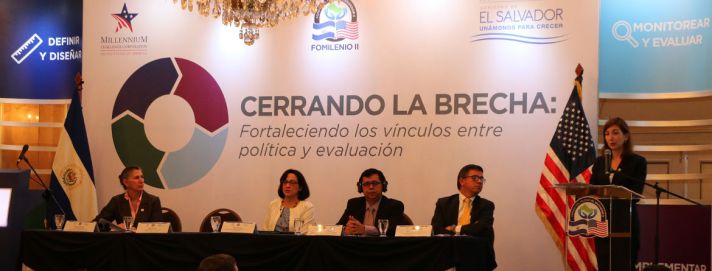Let’s start calling it for what it is and it is profitable to epic levels. We cannot overlook that the Syrian refugees were also smuggled, so there is no longer much separating the United States from Europe in this human crisis and yet Congress is not acting.
Senator Lindsey Graham at least introduced a bill to address the asylum issue but is there Democrat on the House side that has visited the border or introduced anything? silence….
Arrests at the southwest border increased for the fourth straight month in May as authorities continued to grapple with an unprecedented influx of migrants from Central America. 132,887 people were arrested between ports of entry last month, up from 99,304 migrants in April, according to data from U.S. Customs and Border Protection released Wednesday.
The cartels have shifted their business model to include smuggling and it has an annual value in the BILLIONS. (hat tip to Rand Corporation)
Unlawful migrants from Central America apprehended at the U.S.-Mexico border each year often hire smugglers for assistance or pay others for rights of way at some point during their journey north. Policymakers face concerns that a substantial share of migrants’ expenditures on smuggling services could be flowing to transnational criminal organizations (TCOs), entities that represent a potential threat to homeland security.
In response to these concerns, the authors of this report conducted a scoping study to develop a preliminary estimate of TCOs’ revenues from smuggling migrants from the Northern Triangle region of Central America (Guatemala, Honduras, and El Salvador) to the United States and to characterize the TCOs’ structure, operations, and financing. They conducted interviews with subject-matter experts, a review of literature, and an analysis of governmental and nongovernmental data on migration and human smuggling and found that human smuggling involves many different types of actors and that most TCOs’ activities and revenues cannot be separated credibly from those of ad hoc groups, independent operators, and others who engage in human smuggling. They developed a preliminary estimate of revenues from human smuggling flowing to all types of smugglers, not just TCOs — ranging from about $200 million to $2.3 billion in 2017 — with uncertainty stemming largely from analytical challenges related to data limitations and time constraints. Separately, they also produced a preliminary estimate of the taxes, or pisos, that migrants pay to drug-trafficking TCOs to pass through their territories, ranging from about $30 million to $180 million.
Key Findings
Characteristics of actors that engage in human smuggling
- Actors that engage in human smuggling range from independent operators, to ad hoc groups, to loose networks, to more-formally structured networks, such as TCOs.
- Many of these actors are subcontractors that offer their services to different networks or groups or other independent operators at the same time.
- Many of the actors engaged in human smuggling do not appear to meet the statutory definition of a TCO.
Relationship between human smuggling and drug trafficking
- There is little evidence that drug-trafficking TCOs engage directly in human smuggling, but they maintain control of primary smuggling corridors into the United States and charge migrants a “tax,” known as a piso, to pass through their territories.
- Drug-trafficking TCOs might also coordinate unlawful migrants’ border crossings to divert attention from other illicit activities and recruit or coerce migrants to carry drugs.
Preliminary findings on revenue estimation
- Estimating revenues from human smuggling requires data on (1) the number of unlawful migrants, (2) the percentage hiring smugglers, and (3) typical payments. A lack of reliable information on each point contributes to uncertainty in revenue estimates.
- The authors’ preliminary estimate of revenues to all types of smugglers from smuggling migrants from Guatemala, Honduras, and El Salvador, combined, ranged from a total of about $200 million to a total of about $2.3 billion in 2017.
- The authors’ preliminary estimate of taxes paid to drug-trafficking TCOs by migrants from Guatemala, Honduras, and El Salvador who passed through those TCOs’ territories ranged from $30 million to $180 million in 2017.
Recommendations
- Target vulnerabilities of human smugglers. For example, consider expanding existing efforts to investigate payments made to human smugglers, especially in the United States, and working more closely with formal and informal banking services to identify suspicious payments. Also, consider expanding current efforts to work with foreign law enforcement partners to disrupt smuggling operations.
- Use information about the value of the smuggling market to inform decisions about efforts to allocate resources to market disruption.
- Consider standardizing and expanding the range of questions that border officials ask migrants during interviews to seek more consistent and detailed information from migrants about different types of smugglers, routes, and payments.
- Use shared portal for data entry that can screen for errors and use a randomized survey process to reduce the administrative burden of data collection on frontline personnel and increase the likelihood of successful data entry.








